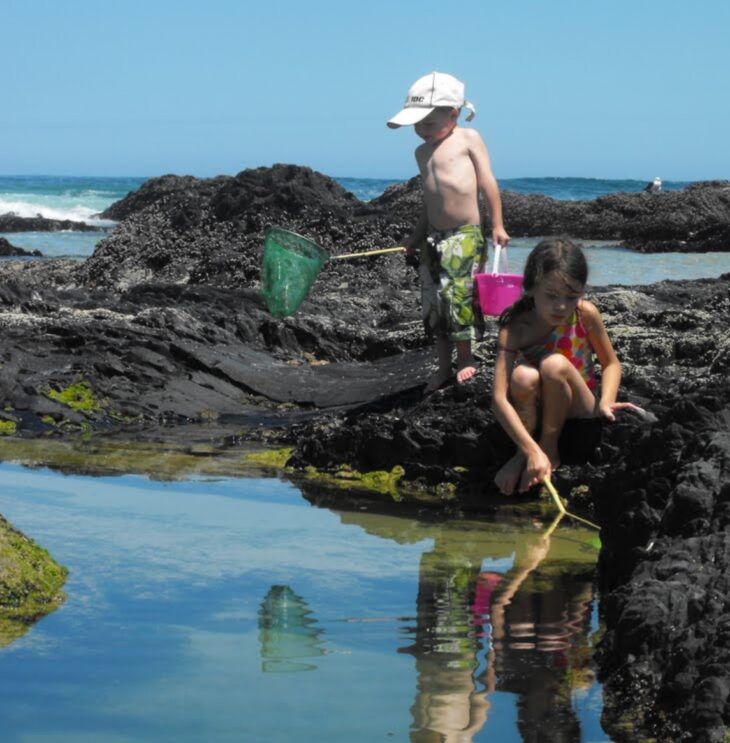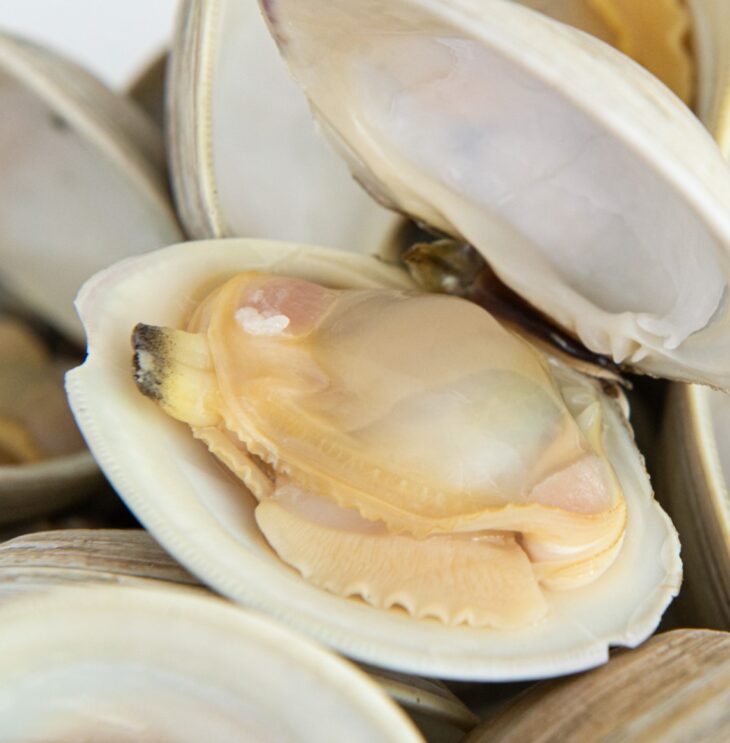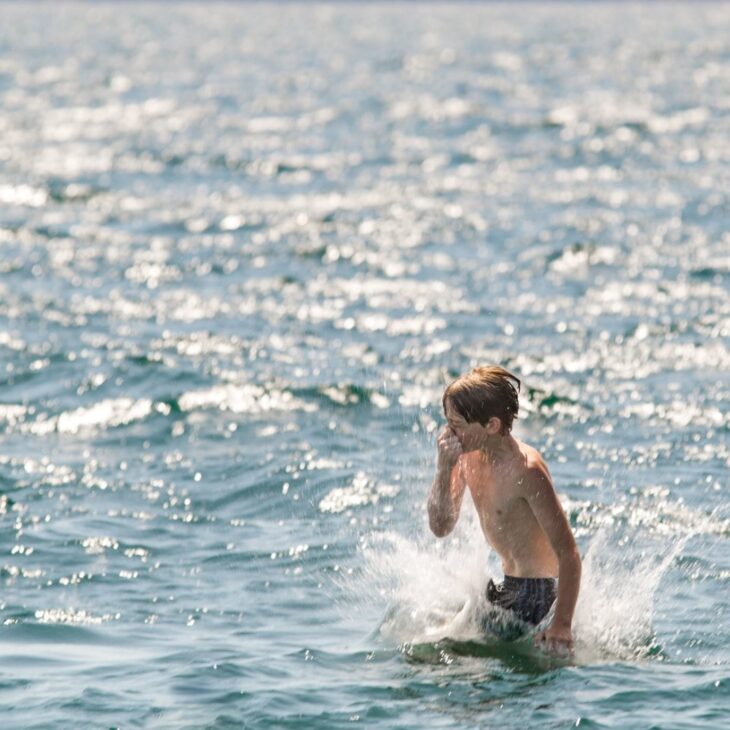It’s easier than you think to make your next beach excursion both pleasurable and educational for your kids. It’s simply a matter of discovering and utilizing the beach’s natural surroundings. The beach may be a great place to practice or review a wide range of skills and disciplines, such as science, geography, math, and history.
The beach and the ocean provide a superb sensory experience. Children enjoy playing at the beach, and much of their time there is spent exploring and finding new things. Why not incorporate some fun learning into your next beach trip? All you need for these simple beach learning activities is a trip to the beach.
Here’s a list of discussion topics and beach activities you can do with your kids to help them improve their abilities.

Source: mapio.net
Contents
1. Rock Pool Exploration
If your beach contains rock pools, these are a great opportunity to explore “below the waves” in a kid-friendly fashion. All you’ll need is a bucket and a simple net. Small fish, particularly flatfish, that reside on the seafloor, are frequently found with their fry.
Shrimps, mollusks like snails, anemones, crabs, and bivalves like mussels prefer to stay in the rock pools. This is because it’s safer. After the tide has gone out (or even better, after a storm) when many new critters have been deposited in the pools, is the finest time to explore.
2. The Environment is a Whole Book
The beach offers children a unique area to explore that they would not find at home. There will be various creatures that are only found in your part of the world. There will, however, be those that aren’t native and have drifted in with the tides.
Take a stroll and see what you might discover!
Take a look at the beach’s backside. Are there any signs of what the beach was like before? Are there any dunes, marsh, or town if there is one? If there are any plants on the shore, what are they? What about the shells? Can you learn anything about the ecosystem beneath the waves from them? The color of the sand, for example, can reveal a lot about the surroundings.

Source: adorecomores.com
3. Strand Line Discovery
The strandline is the highest point at which the tide rises. Depending on the beach you visit, it may be near to the water, allowing you to paddle around a little while you explore. It could also be a significant distance away.
It’s a great topic for discussion with kids about how it’s made. There will be a combination of natural and man-made artifacts on the strandline. Although some of the natural products are native to your beach, others, such as coconuts, can be found in the Antarctic, where currents have carried them.
A word of caution: the strandline may contain potentially harmful things such as syringes. If that’s the case, always encourage a look but don’t touch anything.
4. Sand Writing
Who among you still writes notes in the sand? It’s excellent for your children. Give them a stick to scribble with, whether they’re toddlers who enjoy scribbling in the damp sand or younger children. This will be their own large-scale magnosketch.
Give your kids a stick if they’re learning to write, have mastered letters, and are ready to go on to words and sentences. They will put everything they have learned this year into practice on a wide scale. Because many children learn by doing and moving, it’s an excellent way to reinforce what they’ve learned in class.

Source: fifteenspatulas.com
5. Learn About Clams
You can enjoy some fantastic beach learning possibilities at the same beach. You might come across a family digging for clams. Although this is a permit-only activity, visitors are included in the process. The grandparents can explain how the clam is made in great detail. They could even be able to teach your son how to dig up some with a rake. While on the other hand, you peacefully discuss the floating dock ideas during a beach walk with your partner for brand new waterfront property. Click here for more info.
To be allowed to keep the clam, you had to make sure it was the appropriate size. Your parents can show your kids how to take measurements. Clams that are too little are carefully replanted so that they can continue to grow.
6. Explain the Tides
The amount of tide you will see depends on where you are in the world. Looking at the strandline will give you an idea of where the high tide point is if you are unsure about the tides on the beach. Look for the densest strandline; this is the regular one.
A high tide or storm line can be found further up the beach, although there will be less on that strandline. Observe the tide changes, make a note of them, and then work with your youngster to figure out what’s causing them. If you’re staying for more than a day, turn it into a holiday project. Combining that with a peek at the strandline to see what gets deposited at each high tide is a winning combination.

Source: waterkeeper.ca
7. Swimming Education
So, depending on your beach, it may not always be possible, but the sea provides an added benefit for your child. Especially for individuals who are learning to swim or who are refining their strokes. Due to the salt content, you will float more easily, and calm seas that are safe to swim in should be your priority.
Examine the area for any harmful currents or other hazards. If there are any, it indicates that it is not safe. In this situation, go in the pool with your kids and make this the season when they start swimming or improve their front crawl or backstroke.
Wrapping Up
Children have the ability to learn anything at any time and in any location. As long as you keep them entertained and engage them in enjoyable activities, they will learn. The beach is an excellent area to teach your children about nature.
Sometimes parents take grandparents along so they can share the golden experiences with the grandchildren. While the parents discuss their important matters (like looking for a quality welding positioner for sale for your factory) in a peaceful environment. In terms of education, we hope the above suggestions may be useful on your next family beach excursion.
